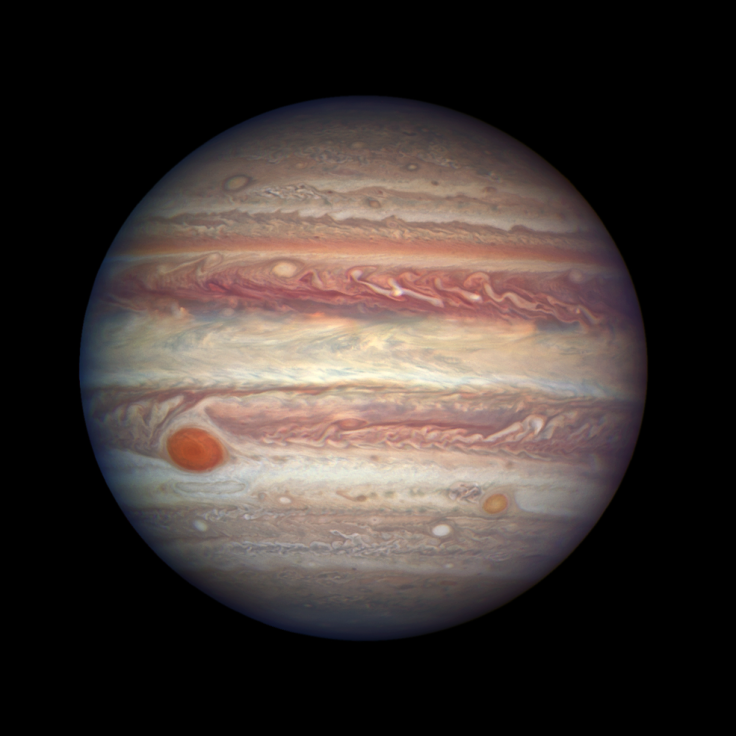Meteorites reveal age of Jupiter and secrets of solar system formation
Jupiter's core grew a lot within just 1 million years of the solar system's formation.

Jupiter is the oldest planet in the solar system, forming well before the dissipation of the solar nebula gas, scientists have said. The findings shed light on why the solar system looks like it does now.
The solar system began forming 4.6 billion years ago within a concentration of interstellar dust and hydrogen gas – a molecular cloud.
As the cloud contracted under its own gravity, a proto-sun formed in its hot dense centre. What remained of the cloud then formed a swirling disk known as the solar nebula, out of which the various planets are thought to have formed.
Of all these planets, Jupiter is the most massive. As such, it had a huge impact on the dynamics of the solar nebula. Finding out the age of Jupiter is thus important to understand how the solar system evolved to its current architecture.
While models have suggested that it formed relatively early during the formation of the solar system, scientists have long struggled to find out exactly how old the planet is.
In a study now published in the journal PNAS, researchers conducted isotope analyses of meteorites, showing that Jupiter's solid core formed within only 1 million years of the start of solar system's history.
What meteorites tell us
Based on their isotopic compositions, meteorites can either be carbonaceous and non-carbonaceous. This distinction suggests that both types of meteorites formed from distinct reservoirs of solar nebula material.
Here, the scientists obtained isotopic data for some of the iron meteorites in the solar system and they conducted isotopic analyses to determine their age.
Their findings suggest that the reservoirs of solar nebula from which the two types of meteorites formed coexisted over an extended time period, beginning approximately a million years after solar system formation.
Something must thus have happened to spatially separate the two reservoirs and to prevent them from intermixing material. The scientists argue in this paper that it is the formation of Jupiter which allowed this separation.
"The most plausible mechanism for this efficient separation is the formation of Jupiter, opening a gap in the disk and preventing the exchange of material between the two reservoirs," they write.
The results suggest that Jupiter's core grew to about 20 Earth masses within just 1 million years of the solar system formation - before the solar nebula gas even dissipated. This was then followed by a more protracted growth to about 50 Earth masses until at least three to four million years after the solar system formation.
The study highlights that Jupiter is the oldest planet in the Solar System.
© Copyright IBTimes 2025. All rights reserved.






















